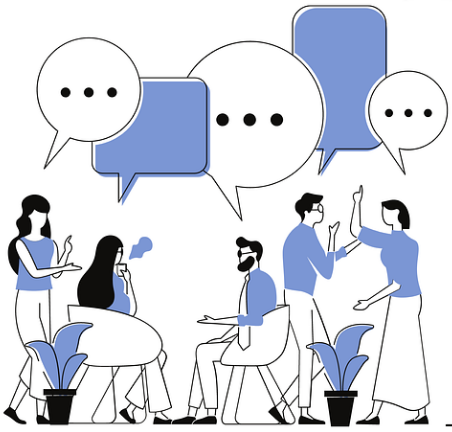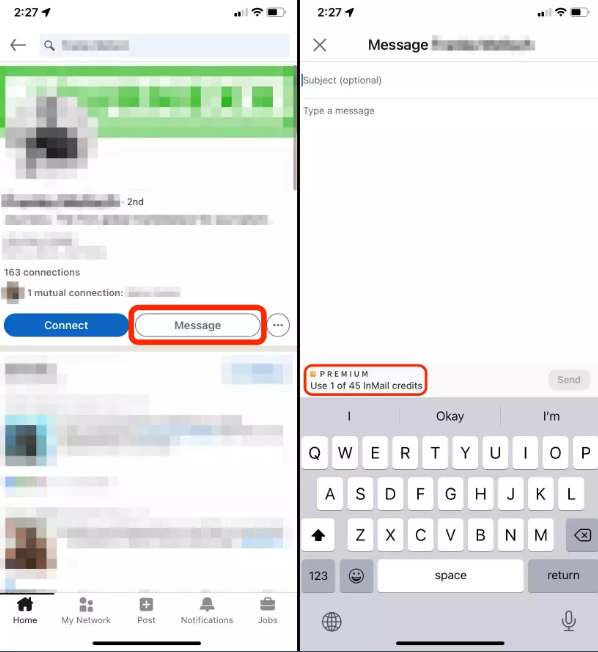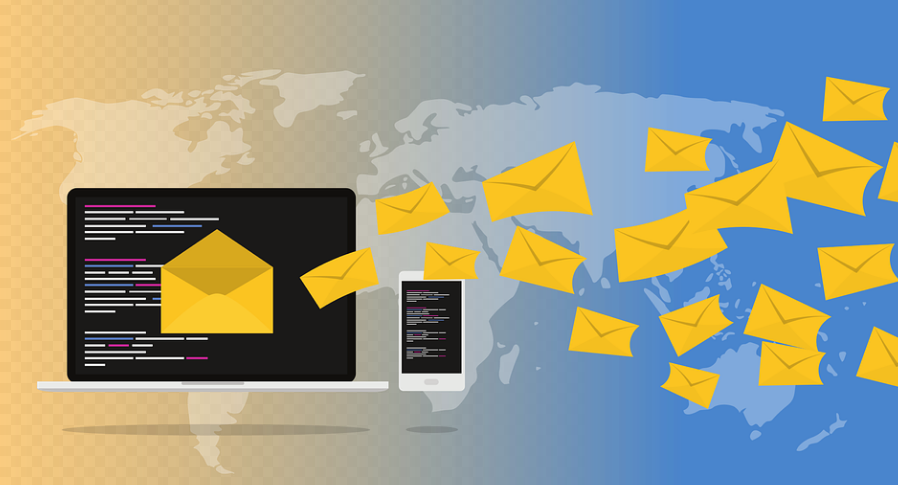Are you looking for ways to reach out to someone on LinkedIn with whom you’re not connected?
Many people are intimidated by the idea of reaching out to someone they don’t know, but it doesn’t have to be that way.
One easy and effective way to start a conversation with someone is through an InMail message. Let’s examine how to do this.
How Do You Reach Out to Someone On LinkedIn in 2024? (About InMail Message)

InMail is LinkedIn’s private messaging system.
It allows users to send messages directly to any other user, regardless of whether or not they are connected as contacts.
This makes it possible for users to connect without having their requests publicly visible.
It also helps make sure that anyone who sends an InMail message has a good reason for doing so since there is a fee associated with sending them.
How Do I Use InMail?
Sending an InMail message on LinkedIn is actually quite simple—all you have to do is locate the person’s profile page and click the “Send Message” button located at the top of their page.
From there, type in your message and hit “Send” when you’re done.
Keep in mind that while most users can send three free InMails per month, some may need a premium account to access more than three.
What Should I Include in My Message?
When sending an InMail message, your message must stand out from all the others that come through each day.
As such, try adding as much detail as possible about why you’re reaching out and why it would be beneficial for both parties for them to respond—this could be anything from offering advice based on mutual interests to establishing yourself as an expert in a certain field.
Additionally, keep it short and sweet—no one wants to read something long-winded!
What Exactly is Sponsored InMail?
LinkedIn InMail is not always linked to a premium account, and it is not always limited.
InMails are part of LinkedIn’s premium services available for a fee, but Sponsored InMails give you the ability to target users and send them InMails via LinkedIn Ads at scale.
In other words, they are LinkedIn’s bulk mailings, as opposed to handmade prospecting emails.
Because sponsored emails are based on advertising, you have no control over who receives your in-mail; you only have the choice to distribute it to a large group of individuals.
This means you’ll pick a budget and then let LinkedIn handle the rest.
On the other hand, if you choose your targeting options wisely, you should get a reasonable response rate. Here, digital marketing tools are your best friend.
Sponsored messages differ from LinkedIn InMail in the way they appear in your target’s inbox.
Because sponsored emails are adverts, users cannot respond to them; instead, they must respond to your CTA.
This often entails visiting a landing page and completing an information form.
Alternatively, it might imply signing up for the free webinar. Whatever it is, make sure your CTA is obvious and simple to follow.
Another thing to keep in mind is that sponsored InMails are clearly labelled as such in the subject line.
As a result, no matter what else you do, the message will be perceived as an advertisement. Being friendly or conversational in a sponsored InMail is almost never a good idea.
After all, people dislike chatty bulk mailings; sticking to the point often performs better.
However, LinkedIn maintains that they are effective, with a 57.5% open rate and a 3.6% click-through rate, compared to 21.6% and 2.6% for standard email marketing, respectively.
As you can see, this is more than twice the open rate and half the CTR. Even if they are more expensive to transport, they are good numbers.
It would be fascinating to compare them to other types of advertising. This is challenging due to the variances in the intended audience.
Quick Links:
- Major LinkedIn Mistakes You Are Doing
- Best LinkedIn Learning Paths
- How To Add Facebook Like & Send Button To WordPress?
- How to View Private Instagram Profiles?
Conclusion: How Do You Reach Out to Someone On LinkedIn In 2024?
Reaching out via an InMail message on LinkedIn can be intimidating at first, but it doesn’t have to be!
With some careful consideration before hitting ‘send,’ anyone can use this tool effectively to establish contact with someone they have not yet connected with on LinkedIn.
It’s important to remember that using this method offers convenience and privacy benefits compared to traditional methods such as emailing or phone calls.
It should never replace actively engaging in networking activities, such as joining groups or attending events related to one’s field of interest or expertise! Good luck making those important connections!


